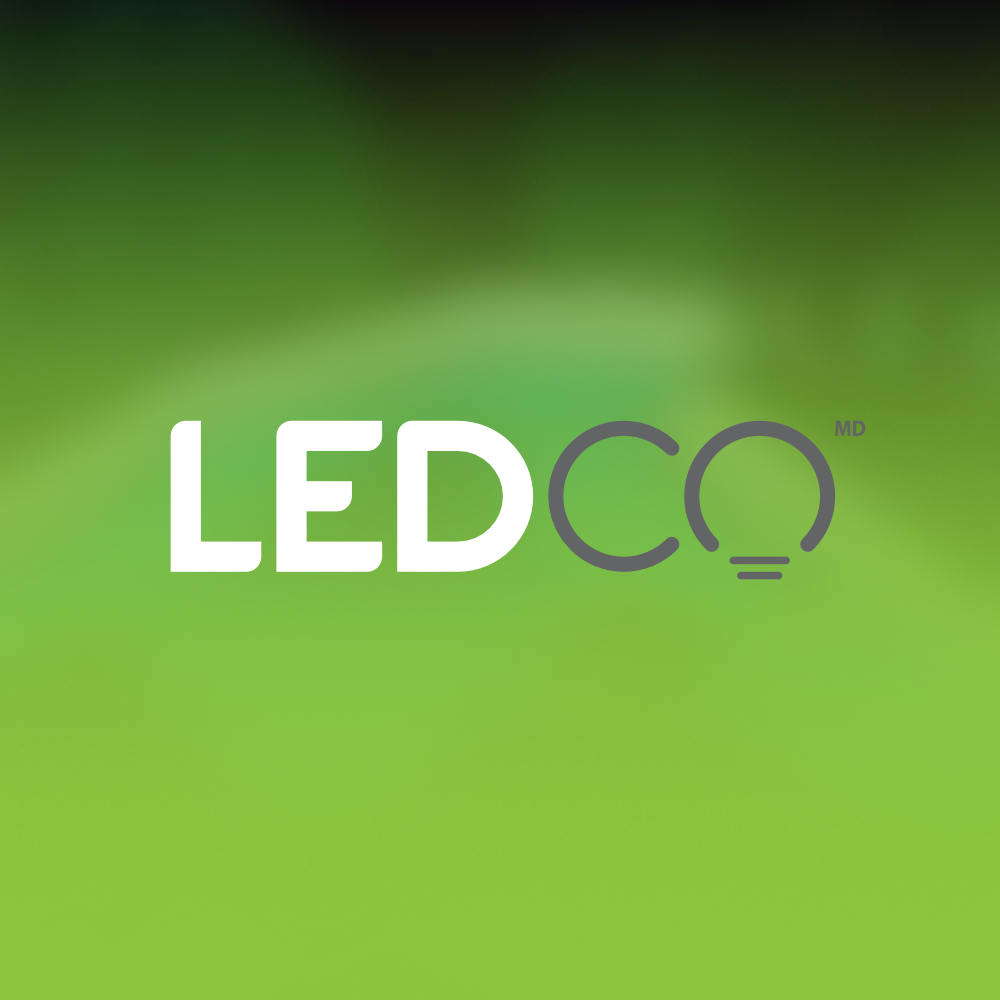









LED lighting has revolutionized the way we illuminate our spaces, offering unprecedented energy efficiency and durability compared to traditional lighting solutions. At the heart of this revolution, LED strips stand out for their flexibility and adaptability, allowing unparalleled customization of lighting in various environments. LED strips, with their sleek design and easy installation, have become a preferred choice for many applications, ranging from accent lighting to functional lighting in homes, offices, and commercial spaces. The main difference between standard LED strips and waterproof versions lies in their ability to resist moisture and water, making them ideal for outdoor use or in humid environments.
To select the ideal LED strip for your project, it is crucial to understand the importance of the protection rating (IP). This rating is an essential criterion for choosing an LED strip that perfectly suits your needs. LED strips with an IP66 rating, for example, are specially designed to endure extreme conditions, including temporary immersion. They are therefore perfect for uses such as pool lighting, spas, or in wet areas like bathrooms, thanks to their resistance to moisture and water jets.
On the other hand, LED strips with an IP22 rating are suitable for dry environments. Their level of protection makes them inappropriate for places exposed to water or moisture. Choosing an LED strip with an adequate protection rating is therefore essential to ensure the safety and longevity of your lighting installation, especially in places where water is a factor not to be overlooked.
For a complete understanding of the different protection ratings, please consult the table below:
| Indice | 1st digit (ten) Protection against solids. | 2nd digit (unit) Protection against water intrusion. |
| 0 | No protection. | No protection. |
| 1 | Protected against solid bodies greater than 50 mm. | Protected against vertical falling drops of water. |
| 2 | Protected against solid bodies greater than 12.5 mm. | Protected against falling water drops up to 15° from the vertical. |
| 3 | Protected against solid bodies greater than 2.5 mm. | Protected against water in rain up to 60° from the vertical. |
| 4 | Protected against solid bodies greater than 1 mm. | Protected against splashing water from all directions. |
| 5 | Protected against dust and other microscopic residues. | Protected against water jets from all directions with the lance (6.3 mm nozzle, distance 2.5 to 3 m, flow rate 12.5 l/min ±5%). |
| 6 | Totally protected against dust. | Protected against strong jets of water from all directions from the lance (12.5 mm nozzle, distance 2.5 m to 3 m, flow rate 100 l/min ±5%). |
| 7 | Protected against the effects of temporary immersion up to 1 m for 30 min. Ingress of water in harmful quantities will not be possible when the equipment is immersed in water under the defined conditions of pressure and time. | |
| 8 | Submersible equipment beyond 1 m under the conditions specified by the manufacturer in terms of duration and pressure. Normally this means that the equipment is hermetically sealed, however, with certain types of equipment this may mean that water can penetrate, but without producing harmful effects. | |
| 9 | Protection against high pressure, high temperature and multidirection cleaning. IPx9 hardware is not necessarily submersible. Example: road vehicles. If the equipment is submersible, it must have a double indication such as IP67 / IP69. |
To make the right choice with LED strips, it is essential to understand the impact of color temperature on the ambiance you want to create. Color temperature, measured in Kelvin, represents the hue of light emitted by a light source, ranging from warmer tones (yellow-reddish) to cooler tones (bluish), thus influencing the ambiance and visual perception of a space. Choosing the right color temperature is crucial for harmonizing lighting with the use and atmosphere of each space. This understanding will help you make the best choice for your LED strips, depending on the desired ambiance and use.
Firstly, for spaces aiming for a warm and welcoming atmosphere, such as living rooms, bedrooms, or restaurants, opt for LED strips with a low color temperature, around 2000K to 3000K. This range produces a warm, golden light, ideal for creating a relaxing and comfortable environment.
In places requiring clearer and brighter light for precise tasks, such as kitchens, bathrooms, or offices, a medium color temperature, between 3100K and 4500K, is preferable. This neutral light, similar to daylight, promotes concentration and efficiency.
For professional and industrial environments, such as hospitals, laboratories, or workspaces demanding maximum attention, high color temperatures, from 4600K to 6500K and above, are recommended. These temperatures produce a cold and stimulating light, conducive to alertness and productivity.
Beyond color temperature, RGB and RGBW LED strips offer exceptional versatility. RGB strips allow for creating a multitude of shades by mixing red, green, and blue colors, ideal for mood lighting, artistic installations, or special events. RGBW strips, on the other hand, add the possibility of playing with white tones, from warm to cold, thus offering perfect adaptability for spaces like bars, clubs, performance halls, or for home events.
120V LED strips represent a robust solution for installations requiring a long lighting range without voltage drop. Moreover, Flex Neon LED offers a modern and flexible alternative to traditional neon, ideal for creative designs and artistic applications.
Aluminum profiles are not just aesthetic; they play a crucial role in protecting and dissipating heat from LED strips, thus prolonging their lifespan. They also facilitate installation and offer a neat finish, perfectly integrating LED strips into any interior or exterior design.
Come and discuss your project with an LED lighting specialist.